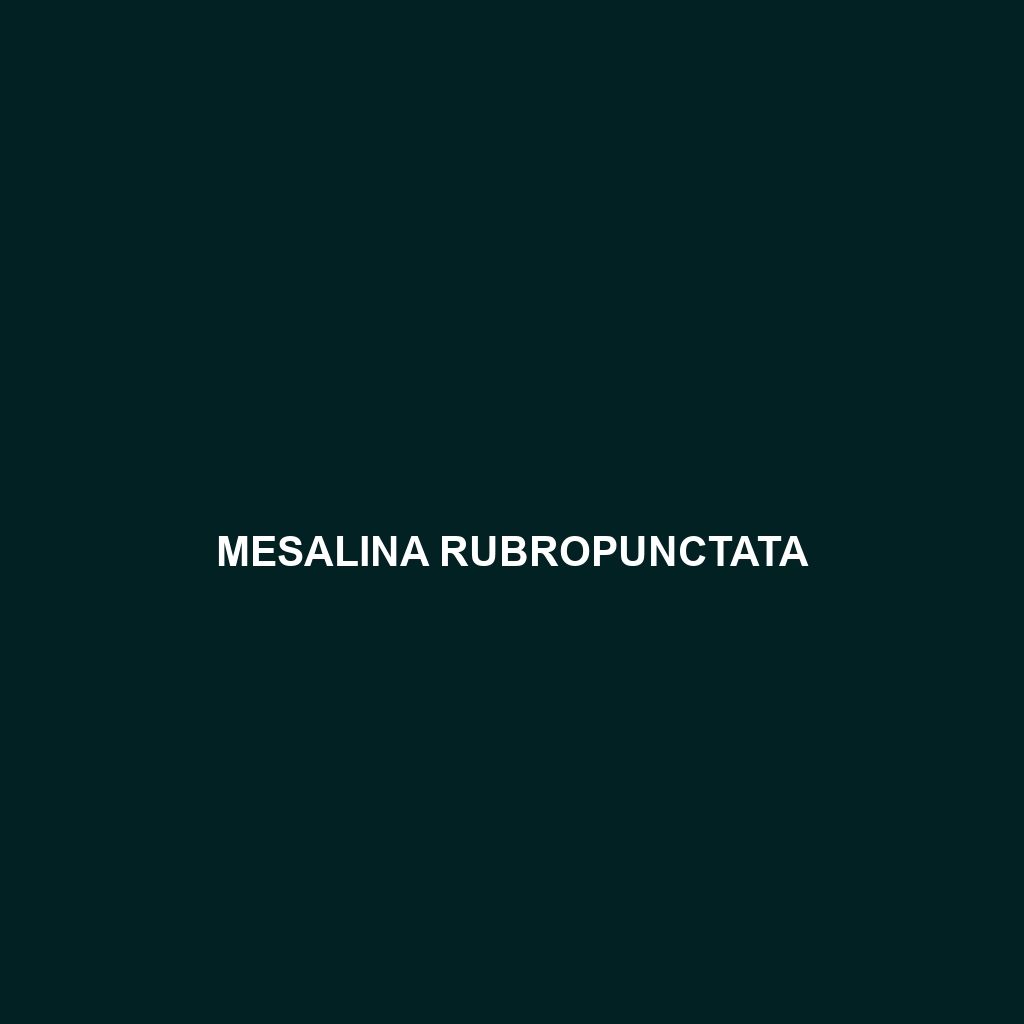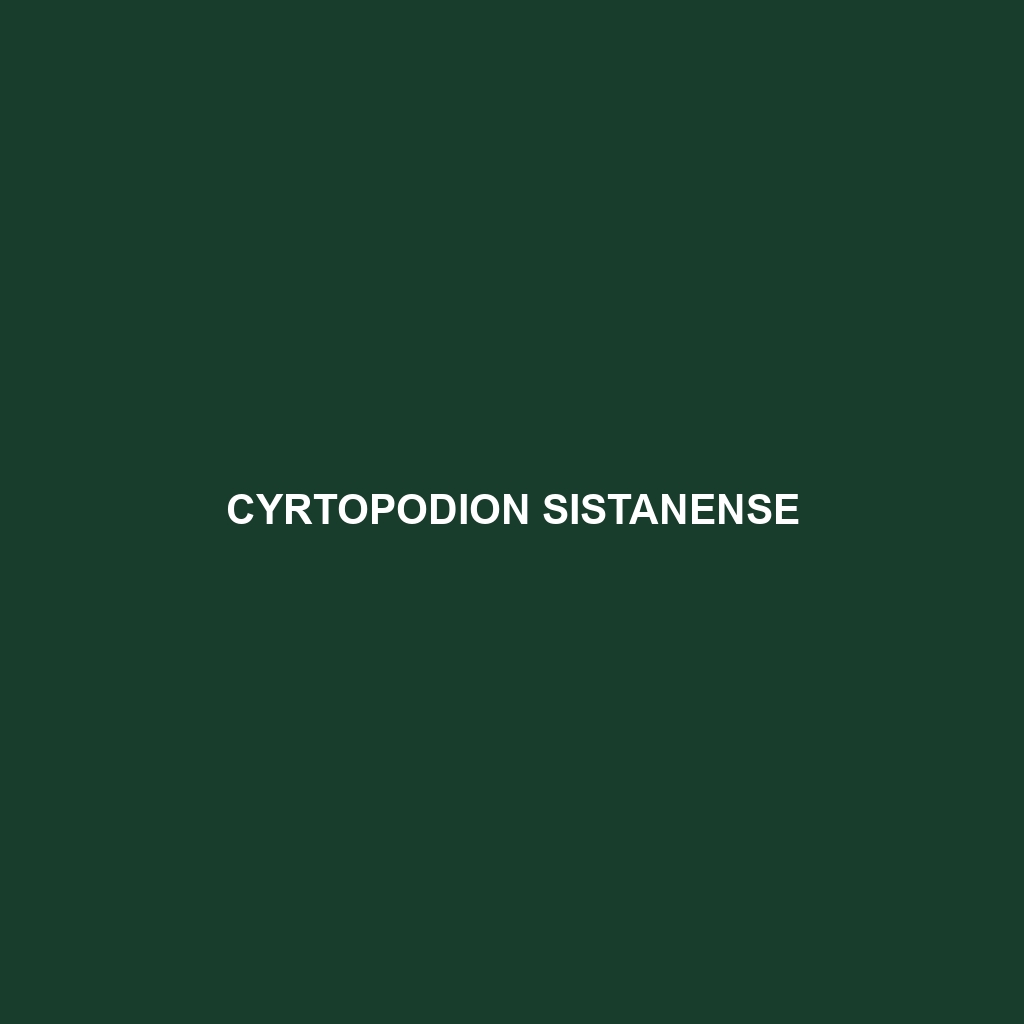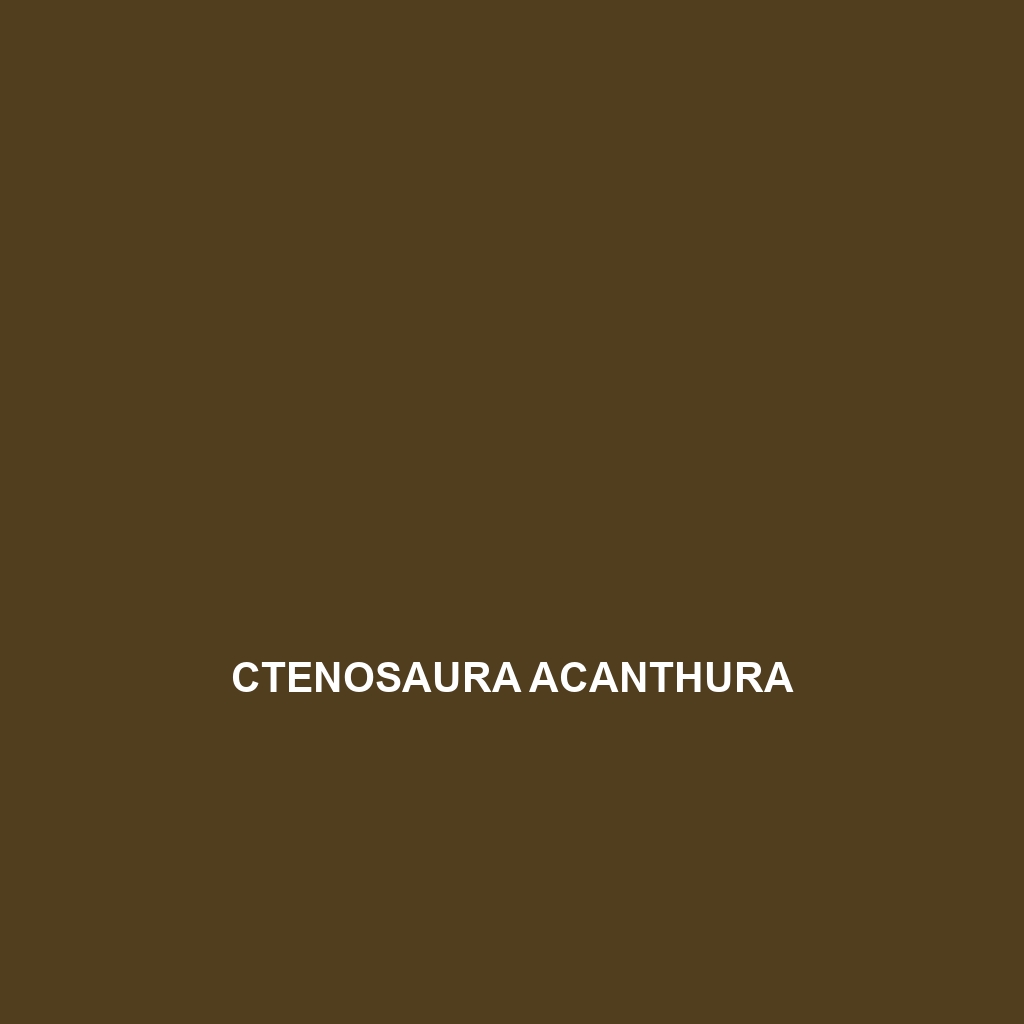Discover the Pachydactylus namaquensis, or Namaqua gecko, a medium-sized lizard native to the arid regions of Southern Africa, known for its exceptional climbing abilities, diverse colors aiding in camouflage, and nocturnal habits. This resilient insectivore thrives in rocky, semi-arid environments, playing a crucial role in controlling insect populations and maintaining ecological balance.
Tag: desert habitats
Microgecko persicus
<p><b>Microgecko persicus</b>, the Persian microgecko, is a small, nocturnal lizard measuring 6 to 10 cm, known for its sandy beige coloration that provides excellent camouflage in arid habitats of Iran and Afghanistan. This resilient insectivore thrives in rocky and sandy environments, contributing to ecological balance by controlling insect populations.</p>
Mesalina rubropunctata
<b>Mesalina rubropunctata</b>, commonly known as the Red-spotted Sand Lizard, is a medium-sized, insectivorous lizard native to arid regions of North Africa and the Middle East, characterized by its vibrant red or orange spots and burrowing abilities that aid in thermoregulation. This resilient species plays a crucial role in its ecosystem by controlling insect populations and serving as a food source for larger predators.
Masticophis anthonyi
Discover the striking Masticophis anthonyi, or Anthony's Coachwhip, a fast, slender snake known for its impressive speed of up to 8 miles per hour and vibrant coloration, typically found in the deserts and scrublands of the southwestern United States and northern Mexico. With a diet primarily consisting of small mammals and birds, this diurnal predator plays a crucial role in maintaining the ecological balance of its habitat.
Eryx jaculus
Common Name Eryx jaculus Scientific Name Eryx jaculus Habitat Eryx jaculus, commonly known as the sand boa, is primarily found in various arid regions across North Africa, the Middle East, and parts of Southern Europe. This species thrives in environments with loose, sandy soils, which enable it to burrow efficiently. Typical habitats include deserts and […]
Eremias regeli
<p><b>Eremias regeli</b>, commonly known as the Regal Sand Lizard, is a resilient species found in arid regions of Central Asia. Measuring 8 to 10 inches in length, these speedy, insectivorous lizards thrive in sandy habitats, playing a crucial role in their ecosystem by regulating insect populations and serving as prey for larger predators.</p>
Eirenis medus
<b>Eirenis medus</b>, commonly known as the Medusa snake, is a slender, nocturnal snake native to the Middle East, characterized by its sandy yellow to light brown coloration with dark markings. This carnivorous species plays a vital ecological role by preying on small vertebrates and invertebrates, while also adapting to various habitats, including deserts and agricultural areas.
Cyrtopodion sistanense
This Cyrtopodion sistanense, a vulnerable gecko species native to the arid regions of southeastern Iran, measures 10-15 cm with a sandy coloration, large nocturnal eyes, and specialized toe pads for climbing. Predominantly nocturnal, it feeds on insects and plays a vital role in controlling insect populations within its desert ecosystem.
Ctenophorus yinnietharra
Ctenophorus yinnietharra is a medium-sized lizard native to the arid regions of Australia, characterized by its striking coloration and robust build. This diurnal species plays a crucial role in its ecosystem, preying on insects and exhibiting unique breeding behaviors, but is classified as 'Vulnerable' due to habitat loss.
Crotaphytus dickersonae
Discover the unique Crotaphytus dickersonae, a medium-sized lizard native to the arid deserts of the southwestern United States, known for its striking color patterns and diurnal behavior. This fascinating species plays a vital role in its ecosystem by controlling insect populations and adapting to its challenging habitat.









